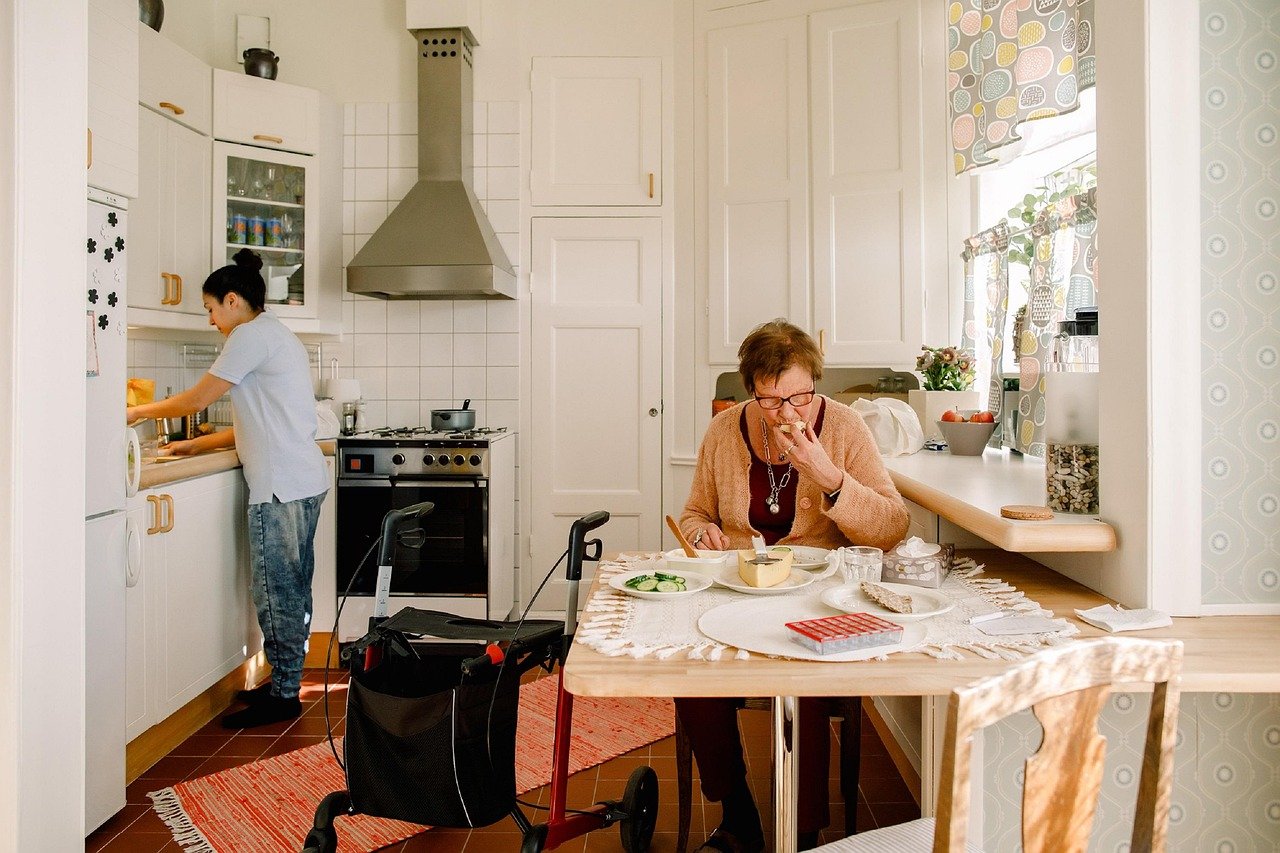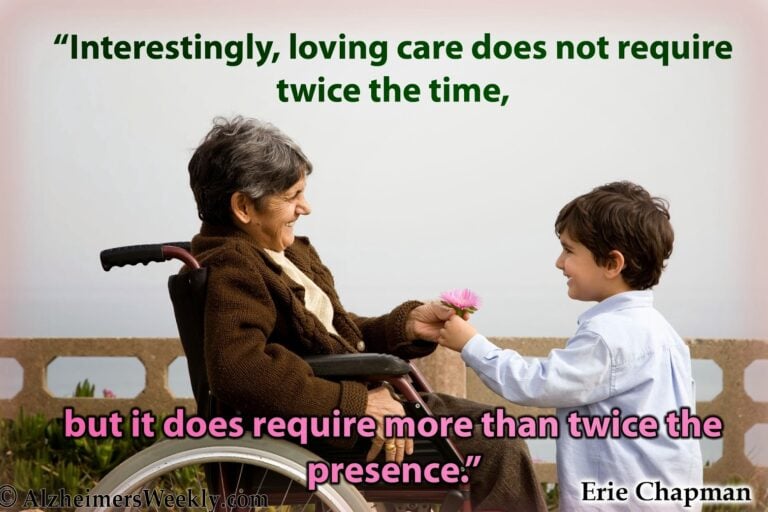Home Help for Dementia: Timing It, Managing It
Teaser:
Knowing when to bring in help — and how to manage it well — can make all the difference in caring for a loved one with dementia. The right timing protects safety and dignity, while good management preserves peace of mind for everyone involved.
Understanding the Early Stage of Dementia
In early dementia, a person may still appear independent — driving, cooking, or handling routines — yet small gaps start to show: forgotten bills, misplaced items, confusion about familiar tasks.
Getting help early isn’t a loss of independence; it’s a way to preserve it longer, ensuring safety and stability at home.
Warning Signs It’s Time for Help
Amazon makes your home dementia-friendly:
- BATHROOM: High-contrast color helps dementia see better and avoid accidents.
- KITCHEN: Red Dishes. (Alzheimer’s patients eating from red plates consumed 25% more than white.)
- HOME: Phones for Seniors and People with Dementia
- BEDROOM: Sensors, Pagers and Alarms for Dementia
- LIVING ROOM: 7 Best Clocks for Dementia
Look for these key indicators:
- Trouble with meals, hygiene, or medication management.
- Safety risks — leaving stoves on, falling, wandering, or neglecting hygiene.
- Skipped bills, unopened mail, or missed appointments.
- Mood changes, confusion, or agitation.
- Caregiver burnout — when you’re running on empty.
When several signs appear, it’s time to add professional support at home.
How In-Home Assistance Helps
A trained caregiver can:
- Maintain independence by offering gentle support.
- Reduce risks and ensure safety.
- Ease caregiver strain so you can reconnect as family, not just caretaker.
- Promote engagement through conversation, music, or light activity.
This help extends quality of life — for your loved one and for you.
Choosing the Right Kind of Help
Match support to need:
- Companions for errands, meals, and social time.
- Personal aides for daily care and hygiene.
- Skilled nurses for complex medical needs.
Ask about dementia-specific training, consistency in caregivers, and communication methods that fit your family’s style.
Making Home Safer
Small adjustments can bring big relief:
- Clear walkways and reduce clutter.
- Add grab bars and bright, even lighting.
- Use labels and simplified appliances.
- Install stove shut-offs or door alarms if needed.
A well-designed home lets independence and safety coexist.
When Home Help Isn’t Enough
Even with aides, there may come a time when needs outgrow what home care can provide — such as frequent falls, sleepless nights, or caregiver health decline.
Planning ahead ensures transitions to assisted living or memory care are thoughtful, not rushed.
What Every Caregiver Needs to Know Before and After Bringing Help Home
Plan Early, Not in Crisis
Legal, medical, and financial planning before decline saves stress later.
Power of attorney and care preferences should be decided while your loved one can still share input.
Preserve Dignity Through Partnership
Involve your loved one in decisions.
Say “Let’s find someone to help us” instead of “You can’t do this anymore.”
Respect builds cooperation.
Consistency Creates Calm
Routines, familiar faces, and predictable rhythms ease anxiety.
Introduce new caregivers gradually to build trust and comfort.
Choose Caregivers With Heart
Seek those who combine patience with empathy.
A calm presence matters more than quick efficiency when emotions are tender.
Know the Financial Landscape
Explore long-term care insurance, veterans’ benefits, Medicaid waivers, or local respite programs early to avoid cost shocks later.
Keep Communication Open
Use a shared notebook or group text for caregiver updates.
Clarity prevents missteps and fosters teamwork.
Expect Emotions — and Support Them
Guilt, relief, sadness, and gratitude can all mix together.
These feelings are normal.
Talk openly with friends, clergy, or support groups who understand.
Protect Your Own Health
You are the foundation of care.
Schedule rest, eat well, and accept breaks.
You can’t pour from an empty cup.
Reevaluate Regularly
Every few months, review safety, satisfaction, and stress levels.
Care needs evolve — your plan should, too.
Find Joy in the Moments
Even with dementia, connection endures.
Sing, laugh, or share a cup of tea.
It’s the small, steady moments that keep love visible through every stage.











